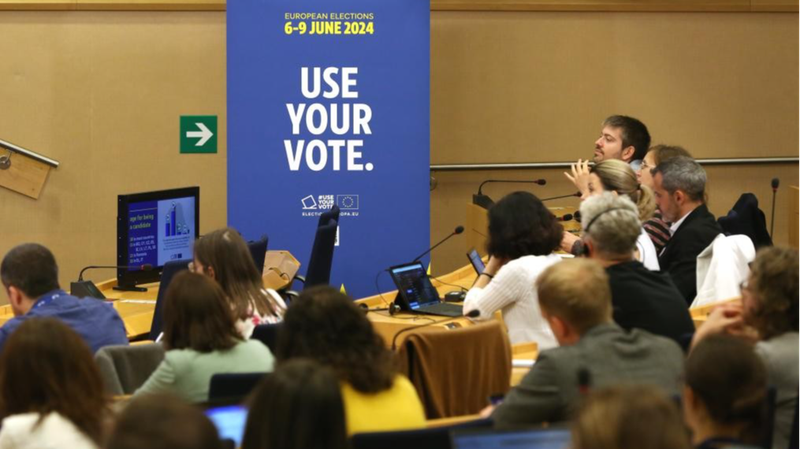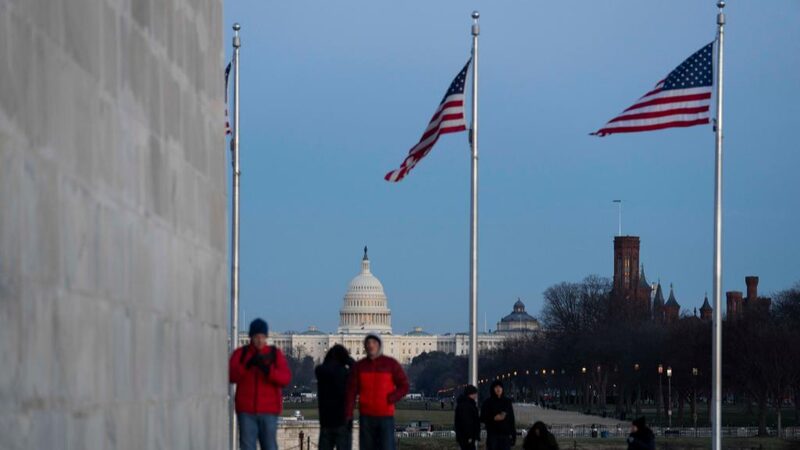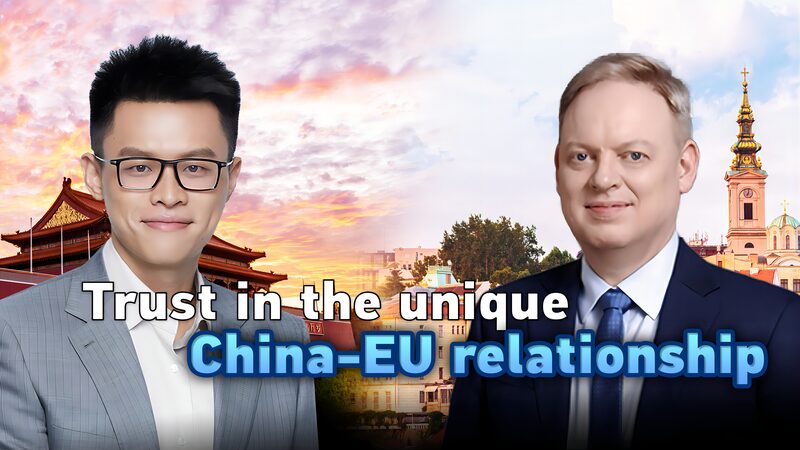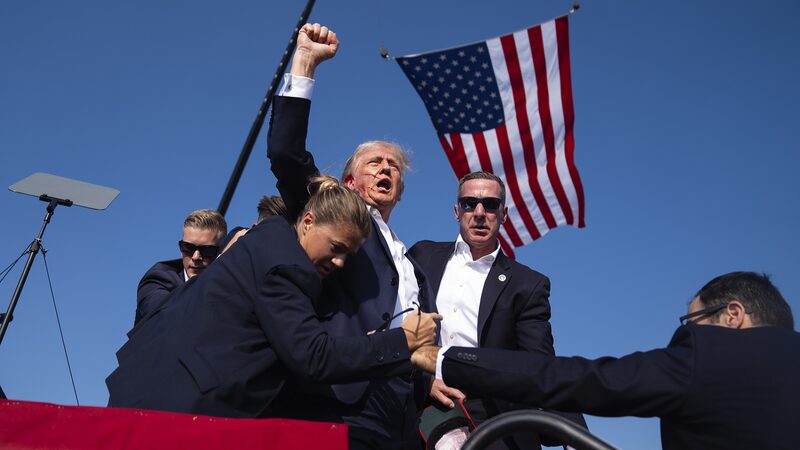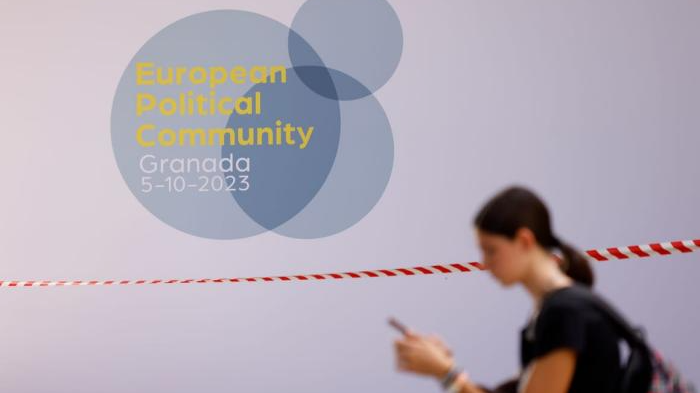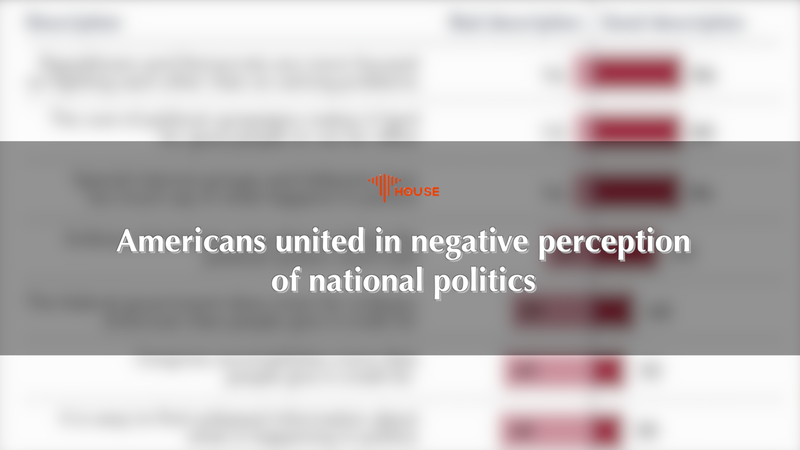Political Polarization Widens the Gap Between EU Elites and the Public
As Europe approaches the upcoming European Parliament elections, a significant shift towards right-wing politics is reshaping the continent’s political landscape. Over the past five years, mainstream parties across many European countries have witnessed a decline in support, while far-right parties have steadily gained momentum. This rise of populism has led to increased polarization within the European party system, both at the EU level and among member states.
This growing political divide is making it increasingly difficult for EU countries to address complex challenges. In recent times, incidents of political violence have also been on the rise, highlighting the tensions simmering beneath the surface.
A Disconnect Between Elites and the Public
The intensification of political polarization is not unique to Europe; it is a global phenomenon. However, in the European context, a significant contributor to this trend is the widening disconnect between EU elite politics and the general public.
A Crisis in EU Policy-Making
The European Union operates as an economically integrated community managed by technocrats, rather than a politically integrated entity governed by democratic rule of law. Unlike the democratic mechanisms within member states, the EU’s legitimacy does not stem from a transparent political decision-making process. Major EU decisions are often made through negotiations among member state governments, leaving the European public feeling disconnected and distrustful due to the lack of open dialogue mechanisms.
Since the outbreak of the conflict between Russia and Ukraine, European elite politicians have emphasized ideological values, often overlooking the tangible impacts of global capital and economic policies on people’s everyday lives.
External Crises Fueling Public Discontent
Europe currently faces numerous challenges in its political, economic, and social development. The prolonged conflict in Ukraine is straining the European economy, while Israeli-Palestinian tensions are sparking new geopolitical crises. An increasing influx of refugees has overwhelmed many European countries, leading to a rise in anti-immigrant sentiments among the public.
Additionally, environmental policies promoted by parties like the European Green Party have raised concerns over potential deindustrialization, affecting economies and livelihoods, and leading to further public dissatisfaction. The uncertainty caused by these external crises has, in part, driven European voters towards extremist parties.
Widening Ideological Gaps
The ideological divide between political parties in Europe has been gradually widening. Since the European debt crisis, traditional mainstream parties have gravitated towards the political center, making the platforms of center-left and center-right parties increasingly indistinct. For example, in Germany, the grand coalition government formed by the Union parties and the Social Democratic Party was in power for 12 years, blurring ideological differences and leaving voters struggling to distinguish between political choices.
This convergence towards the center has expanded the political spectrum’s edges, providing opportunities for radical right-wing and left-wing parties to gain support. The political polarization in the European Union and its member states is thus mainly manifested as a conflict between radical politics and mainstream governance.
The Way Forward
Addressing the widening gap between EU elites and the public requires a reevaluation of the Union’s governance structures and decision-making processes. Enhancing transparency, fostering open dialogue, and reconnecting with the concerns of ordinary citizens could be vital steps in mitigating political polarization. As Europe grapples with internal and external challenges, bridging this divide is essential for the stability and unity of the European project.
Reference(s):
Political polarization reveals the gap between EU elites & the public
cgtn.com
